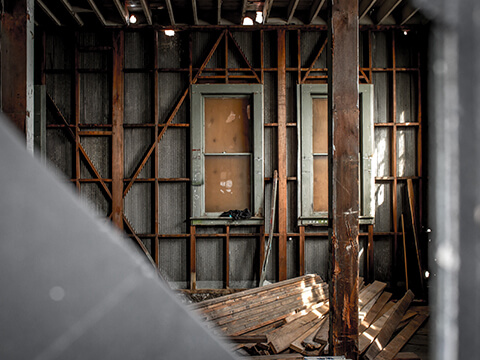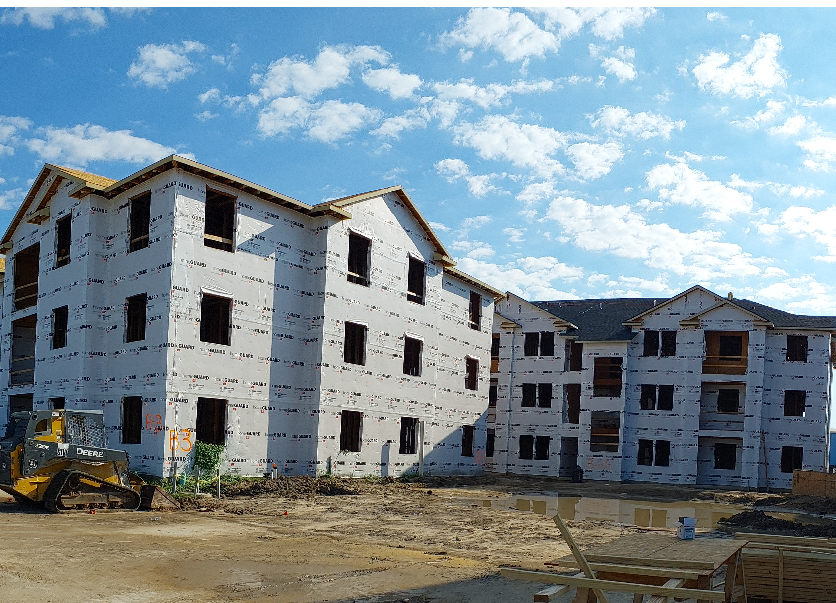Demand Drivers
One of the main factors that will influence the demand for office and medical office space is the evolution of work patterns and preferences in the post-pandemic era. According to a 2023 report from workspace platform provider Robin, 75% of businesses surveyed plan to reduce their office square footage in 2024, nearly 30% more than in 2022. However, 88% of the companies surveyed  said they are mandating that employees work a certain number of days onsite — up nearly 20% since 2022. The report also found that the length of time employees must be in the office is increasing, with 52% of companies requiring four days a week, 26% requiring three days a week, and 16% requiring two days a week.
said they are mandating that employees work a certain number of days onsite — up nearly 20% since 2022. The report also found that the length of time employees must be in the office is increasing, with 52% of companies requiring four days a week, 26% requiring three days a week, and 16% requiring two days a week.
This suggests that while many companies are embracing hybrid work models, they are also seeking to optimize their office space utilization and efficiency. As a result, the demand for flexible and adaptable office spaces that can accommodate different work modes, team sizes, and collaboration needs is likely to grow. Moreover, the demand for office spaces that can support employee health, well-being, and productivity is also expected to rise, as companies seek to attract and retain talent in a competitive market.
Another factor that will affect the demand for office and medical office space is the growth of certain sectors and industries that require specialized facilities and infrastructure. For instance, according to a 2024 engineering and construction industry outlook from Deloitte, there could be a boost to construction associated with manufacturing, transportation infrastructure, and clean energy infrastructure, as funds from three key pieces of legislation passed in 2021 and 2022—the Infrastructure Investment and Jobs Act (IIJA), the Inflation Reduction Act (IRA), and the Creating Helpful Incentives to Produce Semiconductors (CHIPS) Act—are expected to flow into the industry. These sectors may require more office space for research and development, engineering, design, and management functions.
Similarly, the medical office space segment may benefit from the increased demand for health care services, especially in areas such as telehealth, outpatient care, preventive care, and wellness. According to CBRE’s 2022 Global Workplace and Occupancy Insights report, health care providers are expected to expand their footprint in suburban markets, where population growth and aging demographics are driving demand. The report also notes that health care providers are looking for more flexible and efficient spaces that can accommodate changing patient needs and preferences.
Supply Drivers

On the supply side, one of the main challenges that will impact the availability and cost of office and medical office space is the volatility in material prices and labor costs. According to Deloitte’s outlook, the construction industry is facing inflationary pressures due to supply chain disruptions, labor shortages, rising interest rates, and tighter lending standards. These factors may increase the cost of construction projects and delay their completion. Moreover, these factors may also affect the quality and sustainability of construction materials and practices.
To overcome these challenges, commercial construction firms may need to adopt more innovative and digital solutions that can enhance their productivity, efficiency, quality, and safety. For example, Deloitte’s outlook suggests that construction firms may leverage digitalization and generative AI to optimize design processes, automate repetitive tasks, improve collaboration, reduce errors, and increase customer satisfaction. Additionally, construction firms may also focus on sustainability and efficiency by using low-carbon materials, passive design principles, energy-efficient equipment, and waste reduction strategies.
Another challenge that may affect the supply of office and medical office space is the regulatory environment and customer expectations. As environmental regulations become more stringent and customers become more conscious of their environmental impact, commercial construction firms may need to comply with higher standards of performance and accountability. For instance, according to Deloitte’s outlook,






